The shotgun is a classic firearm. From the trenches of World War I to the duck ponds of basically everywhere that has water to defending our homes — the shotgun is a true do-all tool. Even now as we approach the year 2022 the simple shotgun is one of the best home defense weapons you can own.
But as with anything else these days, you have a lot of options to choose from. Pump-action, semi-auto, tube fed, magazine-fed, buckshot, or mini-shells?! The range of choices would spin even John Browning’s head.

From shot size to action to chokes, we have the answers and a whole lot more coming up.
In this guide we will cover:
- If a shotgun is a good choice to defend your home
- How to optimize your shotgun for home defense (both needed accessories and ammo selection)
- The best home defense shotguns on the market
BONUS OFFER: Get your free shooting range targets to print at home!
Get your free targets to print at home!
Do I Need a Shotgun?
Shotguns are excellent general-purpose firearms that serve many roles, but one of their most important functions is for self-defense.
With dozens of shot size and load types available, ammo being in almost constant guaranteed supply, and dozens of proven shotguns on the market — it’s a clear choice for many of us. A burglary occurs in the United States roughly every 30 seconds and the FBI reports that many of these occur during the day.

So it stands to reason that having something to defend your castle with is a good idea.
Is the Shotgun a Good Choice for Home Defense?
The 12-gauge pump-action shotgun has long been considered by many people to be the ultimate home defense weapon. Why? Well, take a look.
- Choice in shot size and load type gives you a wide range of options.
- In close-quarters combat, the wider pattern of shot can be more effective.
- Pump-action and semi-automatic shotguns are dependable.
When it comes to home defense, there are many reasons why the shotgun remains an excellent choice. Despite the rising popularity of alternative choices such as pistol caliber carbine or AR-15 pistols, the shotgun remains an excellent choice.

For one thing, a twelve gauge or twenty gauge buckshot round is incredibly effective as close-quarters defense ammunition.
Shotguns cast a wider pattern of a shot than a handgun or a rifle. This can stop an attacker dead in their tracks if they are within a close enough range (which applies to most home defense scenarios).
As we will explore later, you can optimize your shotgun to make it even more effective for defensive purposes.
Shot Pattern Size: Fact & Fiction
One of the major benefits credited to shotguns is that the wider shot pattern will improve lethality in home defense.

While this is mostly true, it is also blown out of proportion by many.
More than once I’ve overheard RSOs or gun store owners indoctrinate a new shotgun owner with fish tales about how the spread of a shotgun will be able to fell 2 or more attackers with a single blast.
This simply isn’t true, at least not at most home-defense distances.
There is an old adage about how you should expect roughly 1-inch of shot spread per 1 yard of distance. While this can hold true in some cases, especially with birdshot, for buckshot it’s not really accurate.
In fact, based on my own testing and confirmed with tests done by TFB and Tactical-Life, the more realistic spread is around 0.34-inches per yard of distance with a cylinder choke.
The FBI states that most personal defense shootings occur at 10-yards or less, so around 3.4-inches of shot spread.

In my house, my longest practical shot would be 12 yards, 4.12-inches of shot spread.
The shortest is about 2 yards, less than an inch of spread.
And an average likely home defense shot in my house is about 5.8 yards, so 2-inches of shot spread.
Your home will vary, but it’s important to know what you’re actually looking at. While you won’t sweep a hallway with a single blast — that’s a good thing!
A tighter shot grouping means less chance of hitting something or someone you don’t want to hit.
A slight spread to the shot means it will poke more holes in the soft gooey bits that don’t react well to sudden ventilation, like arteries or heart chambers.
But this also means you need to actually aim your shotgun. The myth that you can swing wide from the hip is twice as foolish as sweeping your home with single blasts.
Popular Articles
Which Kind of Shotgun Should You Choose for Home Defense?
There are three primary types of shotguns available: double-barreled, pump-action, and semi-automatic.

The downside of a double-barreled shotgun is the inability to load more than two rounds at a time. Therefore, the only two types that you should seriously consider for defensive use are pump-action and semi-automatic.
Pump-Action
- Very reliable.
- Can feed almost any kind of shotgun ammo you run through them.
- Most affordable option.
With a pump-action shotgun, the shooter manually racks the pump back to eject a spent shotgun shell. It simultaneously loads a fresh one in from the magazine.

Basically, the only way it can fail is if you fail to pump the action all the way back. But that can be more common than you may think if you don’t train much. It can also be exacerbated by stress.
Semi-Automatic
- Significantly more expensive
- Require additional maintenance
- However, recoil tends to be significantly reduced, particularly if you opt for gas-operated models
Semi-automatic shotguns are more complicated than pump-action, and as a result, they are also more expensive.
In general, a good semi-automatic shotgun will cost at least twice as much as a pump-action shotgun. They also generally require more maintenance than pump-action shotguns as well.
If your semi-automatic shotgun has inertia-driven (meaning its loading mechanism is dependent on recoil), you will need to make sure that you use a shell with a heavier charge and ensure that the stock of the weapon is pressed firmly against your shoulder.

For this reason, gas-operated semi-autos are usually the better choice as they can be more reliable.
In short, both pump-action and semi-automatic shotguns are viable choices for home defense.
Pump-action shotguns are generally cheaper and more dependable. If you go with a semi-automatic shotgun, be prepared to pay more money and invest more time into maintenance and upkeep.
BONUS OFFER: Get your free shooting range targets to print at home!
Get your free targets to print at home!
Points to Consider When Choosing Your Shotgun
Barrel Length
The best barrel lengths for a home defense shotgun are 18- to 20-inches. Anything longer than that is intended for field use, such as hunting or clay pigeon shooting. It is simply too long for the cramped indoors of a home defense scenario.
Take note that 18-inches is the minimum barrel length that you can legally own under United States federal law without having to register the weapon with a tax stamp with the Federal government.

For this reason, most home defense shotguns have a barrel length of 18-inches or 18.5-inches.
The ones with a 20-inch barrel are usually so in order to accommodate an extra round or two in the magazine tube that runs underneath the barrel. The 20-inch Mossberg 590A1, for example, holds 9 rounds of ammunition when the shorter 18-inch barreled versions of the Mossberg 500 hold 6 rounds.
- 18 inches is the minimum barrel length shotgun you can buy under federal law without having to register the weapon with a tax stamp.
- A shorter barrel usually makes the weapon easier to manage (particularly in tight spaces) however the downside is shorter barrels tend to handle less ammunition.
- A longer barrel (20 inches is common) can often handle up to 50% more ammunition (often 9 rounds instead of 6).
Calibers
Always go with 12-gauge for a home defense shotgun. Okay, almost always go with a 12-gauge. The other contender is 20-gauge. Both are perfectly viable options that will deal a lot of damage to an attacker. Contrary to what some people may think, the 20-gauge is not to be underestimated.

While 20-gauge buckshot is normally smaller, with fewer pellets, and slightly lower muzzle velocity than 12-gauge rounds — it still packs a huge punch.
However, 20-gauge tends to not work out as well as you may think.
Since a 20-gauge shotgun normally weighs less than a 12-gauge, it doesn’t soak up as much recoil. This tends to negate the benefits of using a lighter recoiling shell.
While this can vary depending on the exact shotgun you get, it’s pretty rare for a 20-gauge shotgun to actually be a better choice.
If you need to reduce recoil, it’s better to select a lighter shell load, train more in your stance, and get a gas-operated shotgun.
A lighter shotgun will have less weight and mass to absorb the recoil.
- 12-gauge shotguns have the most market support for ammo, shotguns, and spare parts.
- A 20-gauge has less recoil but is usually lighter weight thus negating the reduced recoil benefits.
- A heavier shotgun using a lighter shot load is much more effective in reducing recoil.
Sights
Most shotguns come with a standard front bead on the end of the barrel.
This should work just fine for home defense. But you may want to give consideration to a shotgun that comes with ghost ring sights. While this does come with extra cost, the ghost ring sights can make acquiring a target easier.
Another option is to install a red dot on your shotgun. It can be done if it comes with a 1913 rail or some other kind of attachment system.
A red dot will make it even easier to acquire a target, but again, at the expense of extra cost.
Something you need to consider is low-light shooting also. A standard bead is normally bronze or steel and while shiny, can’t be relied on to be shiny enough when you need it.
Fiber-optic front sights are a major benefit if you want a bead-style sight.

The same goes for ghost rings. If the ghost rings aren’t set up for night shooting, such as using fiber-optics or a self-illuminating material like Tridium, they aren’t good ghost rings.

Red dots have a huge advantage in this case since they are the best night sight possible. No matter what lighting conditions you’re in a good red dot will be visible and eye-catching.

Sling Mounts
Perhaps the most overlooked feature that your home defense shotgun should come with is sling mounts.
This allows you to keep the weapon close to your body while you use your hands for other things and means you don’t have to set the shotgun on the ground or on a table when you need to do anything else.
What “other things” might you need to do during a home defense shooting? I’m glad you asked.
Grabbing your kids from their rooms, moving your significant other to a safer place, calling the police, opening an interior door, preventing yourself from dropping your shotgun while reloading, the list goes on.

Bottom line — get a sling.
We have a guide dedicated to the Best Tactical Shotgun Slings.
Stock
Pistol grip shotguns can be useful and they do look neat. However, shotguns with a traditional stock are much easier to shoot and do a better job of absorbing recoil.
A shotgun without a stock will lead to a sore wrist after not many shots are fired.
That said, you might still prefer a pistol-grip shotgun if you’re more comfortable with the platform. There is nothing wrong with that.

Pistol-grip-only shotguns are a bad idea. Period. While they have exploded in popularity since the introduction of the bird’s head grip, they are simply a bad idea for home defense.
You need to aim your shotgun, and a real stock helps a lot.
They don’t really reduce your overall length if you are aiming down the sights (and you should always be aiming)
They hurt your hand. A lot. From the increased recoil due to reduced weight to the fact that your hand is absorbing 100% of the energy, they hurt.
Need more convincing? This video from InRangeTV has some testing on the clock and proves the point completely.
Capacity
As a golden rule of thumb, make sure that your home defense shotgun has at least five rounds – four in the magazine and one in the chamber.
However, more is always better. The Mossberg 590A1, for instance, holds a grand total of nine rounds. It can hold eight in the magazine and one in the chamber.

Even if you don’t use all of your shells, simply having the extra capacity can give you good peace of mind.
There are lots of good ways of carrying extra shotgun shells with one, but a simple one I like is just using a fanny pack or slapping a Molle Admin Pouch to any piece of webbing I already have.
Flashlight
Most shotguns don’t come with flashlights installed from the factory, so you will need to add them yourself. A flashlight on your shotgun is absolutely critical if you’re going to be shooting or fighting in dark or low light conditions. We have put together a guide on the Best Shotgun Lights to help you make a decision.
Ammunition Choice
The primary reason why shotguns are so versatile in their defensive applications is because of the wide variety of ammunition available.
There are three primary kinds of ammunition available for a shotgun (birdshot, buckshot, and slugs), and each serves a unique purpose.

If you’re interested in getting the answer without knowing the reason why, we strongly recommend #4 buckshot.
Birdshot
Birdshot contains very small pellets in the shell.
As the name suggests, they are intended for bird hunting use and will disperse shot in a wide pattern to increase the odds of bringing down a bird.
However, they are a poor choice for home defense because of their weak penetration against human targets.

While effective for bringing down turkeys, grouse, or even certain kinds of small game, birdshot is not an effective choice for self-defense purposes.
Even at very close range, they can lack the needed penetration with just a simple layer of clothing. There is a distressing number of reports and security video of attackers being shot at sub-5 yard ranges with birdshot only to ignore the hit and keep attacking.
Often, these people are effectively uninjured.
Buckshot
Buckshot is the best choice for self-defense.
It contains fewer pellets than birdshot that are of a much larger size. Being hit with a double aught buckshot 12 gauge round at close range would be very similar to being hit with nine 9mm FMJ rounds at once.

As you can imagine, the results are simply devastating.
However, 00 buckshot also has much more penetration in drywall than some of the other buckshot loads. If this isn’t a concern for your home defense plan, then 00 buckshot is the way to go.
But if you have kids, thin walls, neighbors, or pets — you may want to choose something else.
Test after test has shown that #4 buckshot has high lethality on human targets, passes FBI penetration testing requirements, and doesn’t over-penetrate drywall to a high degree.
Slugs
Slugs are a single projectile located inside the shotshell.
They penetrate the most deeply and also offer the greatest range, but the expense of a much smaller pattern since it’s just the one projectile.

Furthermore, slugs have the capability to easily penetrate through walls, which should make you think again about using them for home defense.
Slugs are most commonly used when it comes to hunting big game; certain states in the United States such as Ohio or Iowa actually mandate the use of slugs for deer hunting rather than rifle rounds due to the lack of mountains or hills.
Best Home Defense Shotguns
Here are our choices for the best shotguns for home defense:
Semi-Auto Shotguns
1. Benelli M4
The Italian-produced Benelli M4 is one of the best overall choices for a semi-automatic shotgun and currently sees service with the United States armed forces.
One of the potential problems with semi-automatic shotguns (as discussed previously) is that they can be more finicky than pump-action shotguns.

Fortunately, the Benelli M4 comes with a self-regulating gas system to help improve reliability as much as possible.
The M4 comes in two different primary versions, one with a six-round capacity and the other with an eight-round capacity.
It also comes standard with ghost ring sights (which are easier to lie up than standard bead sights) and a 1913 rail for adding optics such as a red dot sight.
The only downside? It’s expensive. But the best things in life normally are. If you want the best of the best, the M4 is impossible to beat.
2. Beretta 1301 Tactical
Another good choice for an Italian-made semi-automatic shotgun is the Beretta 1301 Tactical. While still expensive, it’s notably more affordable than the Benelli M4.
The main standout feature of the 1301 Tactical is its BLINK gas operating system, which utilizes a cross tube gas piston to cycle faster than most other semi-automatic shotguns.

This means that the 1301 will have a notably faster rate of fire than other home defense shotguns if you continuously pull the trigger.
The 1301 Tactical is also notable for being extremely user-friendly, coming with an adjustable stock, a 1913 rail system to add optics such as red dots, and a ghost ring rear sight and front blade sight that can be easily interchanged.
It also has some competition-inspired design choices that give a major advantage to you in self-defense.
A very large charging handle, extended bolt release that is easy to hit, and an enlarged ejection port and loading port all combine to drastically improve on-the-go reloads.
To increase capacity to ten rounds from the standard six, a magazine extension tube can be purchased and installed if you so desire.
Dollar for dollar, my choice would be the 1301.
Pump-Action Shotguns
3. Kel-Tec KSG
The Kel-Tec KSG has been in production since 2011. But even to this day, it remains one of the more interesting shotguns available on the marketplace due to its bullpup design and dual-tube magazines.
The use of a selector switch allows you to switch between these magazines, which holds seven rounds each, permitting faster reloading.

Fourteen rounds of 12-gauge are very impressive for a home defense shotgun. Once both magazines have been expended, you will need to manually thumb in more shells.
However, it’s not without its downsides also. The complex design can mean more mechanical hiccups and the bullpup form factor makes reloads much slower than a traditional shotgun.
Much of this can be mitigated by increased training, but that is another cost to be factored in.
4. Smith & Wesson M&P 12
Speaking of bullpups, we’ll give an honorable mention to the newly announced Smith & Wesson M&P 12. This is another bullpup, duel-tube, single-barrel shotgun like the KSG but designed and made by a more big boy brand.

14-shells across two tubes, 27.8-inches overall length, 1913 rail for optics, M-LOK rail for lights and slings, and the ability to use chokes. S&W has really put a lot of work into building a better mousetrap.
We haven’t gotten hands-on with it yet, but early reports are hugely favorable. If the KSG strikes your fancy, take a look at the M&P 12.
5. Maverick 88
If you want a quality home defense shotgun on a budget, you’ll want to take a close look at the Maverick 88 shotgun.
The Maverick 88 is a cheaper version of the Mossberg 500, and many accessories and parts are actually interchangeable across the two platforms.
The Maverick, being a budget model, has few options offered.

It’s available in synthetic stocks only with a blued finish, but All-Purpose and Security versions are both offered.
Notably, the Security model with the shorter barrel is the best choice for self-defense purposes. They also have a higher capacity of up to 8 rounds, while the All-Purpose models have a shorter magazine tube with a reduced capacity of 6 rounds.
While the 88 is a less refined version of the 500, it’s almost as dead-on reliable. I know a lot of people with thousands of rounds through their 88s and not a single problem.
6. Mossberg 500
The Mossberg 500 holds the distinction of being the second most popular pump-action shotgun in the United States, only after the Remington 870.
Since its introduction 1960, the Mossberg 500 has grown to become one of the most revered shotguns in the United States.
The 500 is affordable, reliable, durable, and has strong aftermarket support meaning that you can easily customize your shotgun as you see fit.
The safety lever switch is located on the rear of the receiver and is therefore naturally ambidextrous and easy to reach. Meanwhile, the slide release is also very easy to reach as it is located behind the trigger guard.
Plus it is available in numerous different configurations, if there is a configuration you’re looking for — chances are there is a Mossberg 500 that fits the bill to the letter.
7. Mossberg 590A1
The Mossberg 590A1 is the military version of the Mossberg 500. It holds the distinction of being the sole pump-action shotgun to pass the United States military’s torture tests back in the late 1980s, and it remains in service to this day along with the Benelli M4 semi-automatic.
Some of the changes over the 500 are small, but generally speaking, the 590A1 is built out of more durable materials than the 500.

One of the larger changes is having a heavier barrel, this is more durable, soaks more recoil, and is just better overall. It also has a parkerized finish, which is far more rust and corrosion-resistant than the standard blued finish of the 500.
The 590A1 holds a total of 9 rounds in the 20-inch barreled configuration. If you’re feeling frisky, it also has a bayonet lug for the option of adding a bayonet. We don’t recommend that, but it’s still cool.
8. Winchester SXP Defender
Another pump-action shotgun to consider for home defense is the Winchester SXP Defender.
This shotgun comes with Winchester’s inertia-assisted action, which is one of the smoothest actions available for a pump shotgun today and makes cycling the action much faster.

The rotary bolt design further assists in making the action easy to rack. This can be extra important if the user is smaller or lacks upper body strength, but serves all users well since it’s less likely to short-stroke.
Other standout features of the SXP are the incredibly durable bolt lugs and the fixed cylinder choke barrel. Standard capacity of the SXP is six rounds, and it comes tapped by the factory for rails so you can add optics later on if you so choose.
For what it is worth, one of the Sniper Country editor’s first shotguns was the Winchester SXP Defender, and can personally attest to the fact that it is simply a great shotgun. It was his first choice in home defense for many years.
Conclusion
Hopefully, this article has served as a valuable guide for you on the best shotguns to use for home defense and how to optimize your shotgun as a defensive tool after you buy it.
Any one of the shotguns that we have covered here today will be an excellent choice for home defense.
Just remember that equally as important as owning a quality shotgun in the first place is knowing how to use it, so make sure you get plenty of practice in at the range so you’re prepared for a true home defensive situation should it ever arise. Moreover, you should check out our article on concealed carry insurance to ensure you have the legal protection behind you in case of a home defense incident

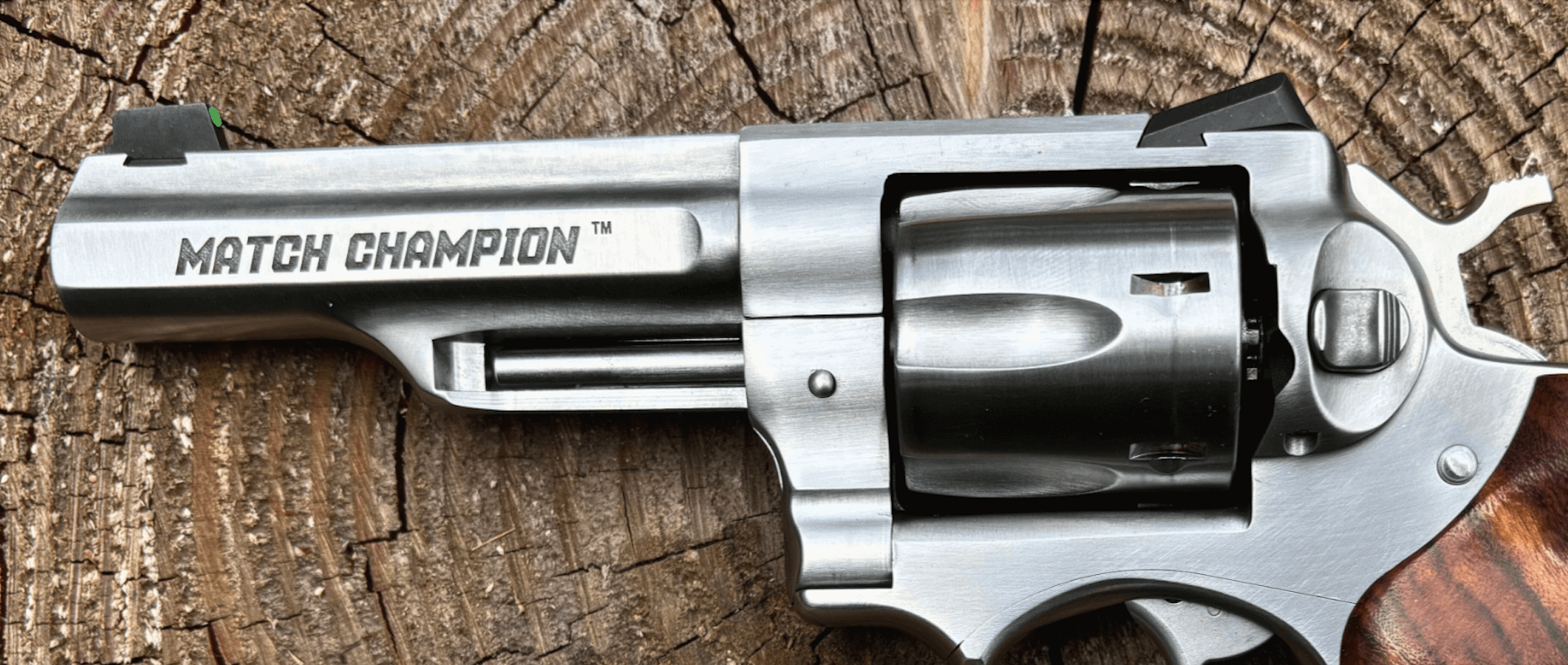




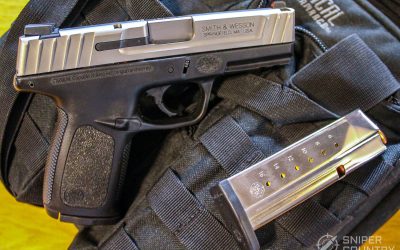
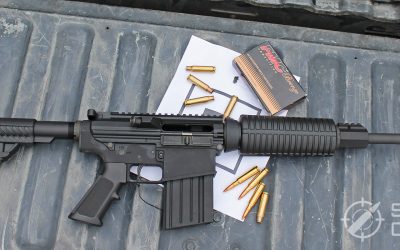


![9mm Glock Models [Ultimate Guide]](https://snipercountry.com/wp-content/uploads/2018/10/Glock-17-vs-Glock-19-vs-Glock-26-vs-Glock-41-vs-Glock-43-WM-400x250.jpg)
![Handgun Caliber Chart [2025 Ultimate Guide]](https://snipercountry.com/wp-content/uploads/2018/10/Handgun-Caliber-Comparison-400x250.jpg)
![Rifle Calibers [Ultimate Guide]](https://snipercountry.com/wp-content/uploads/2018/12/Header-1900-400x250.jpg)




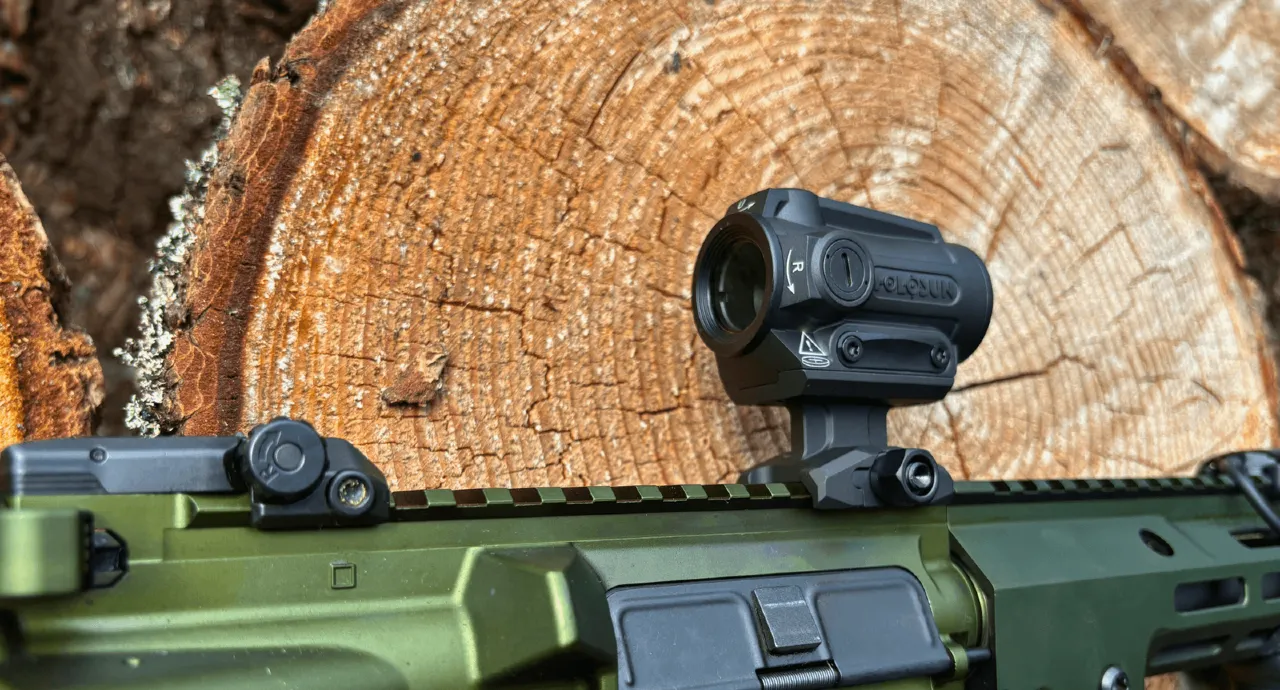
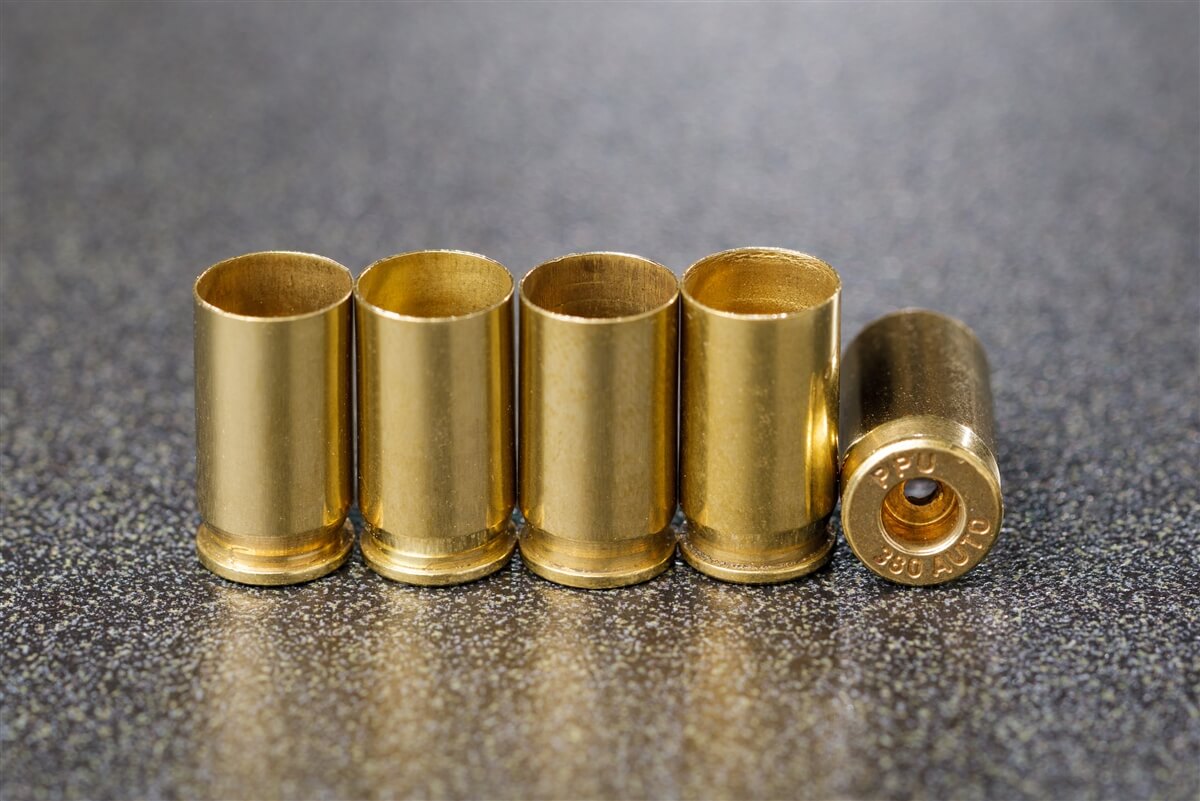

2 Responses
My RemTac-14 in 20 gauge will put 22 #3 buck pellets laser guided inside 16″ at 30 feet so is my go to home defense weapon with 4 rounds in the tube plus one chambered. My 6 shot 2″ .357 in a clip on holster sits right beside it for back up.
which is why they don’t name the Remington 870